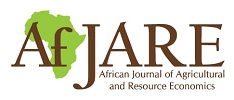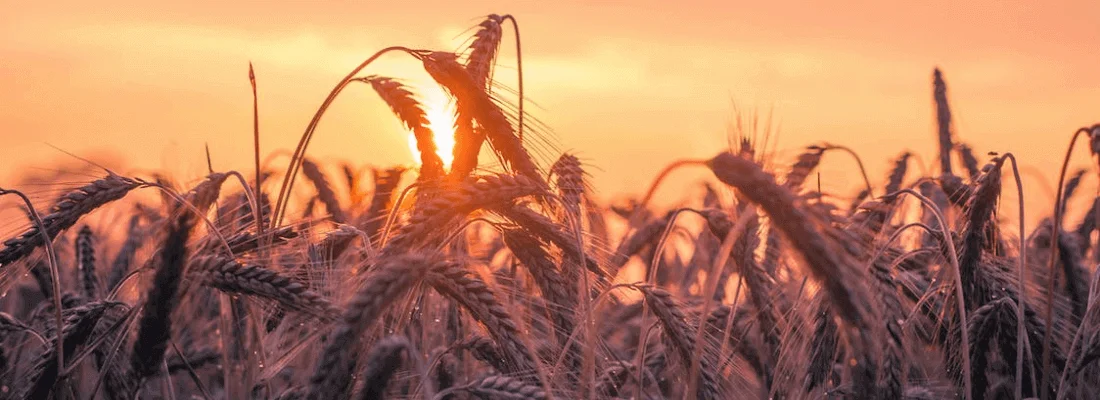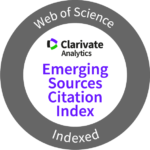
Supports Open Access
0.5 Impact Factor



African Journal of Agricultural and Resource Economics (AfJARE)
A publication of the African Association of Agricultural Economists (AAAE)
Latest Publications
Descriptive statistics show that women with land rights were more empowered, younger, more educated and owned more land than those without land rights.
Short-term impacts of Zambia’s electronic Farmer Input Support Programme (e-FISP) on maize yield
Zambia has been implementing agricultural input subsidy programmes to stimulate crop production and productivity among smallholder farmers with the goal of increasing national food security.
This paper contributes to the expanding literature on multidimensional poverty and gender inequality in Tunisia by presenting an individual measure of multidimensional poverty.
Effects of climate change and agricultural productivity on poverty outcomes in Africa: A system GMM perspective
Climate change presents one of the most pressing challenges of the present time, with far-reaching implications for global economies and human socioeconomic well-being.
Determinants of smallholder farmers’ willingness to pay for improved irrigation systems: Evidence from Northwest, Ethiopia
This study attempted to identify determinants of farmers’ maximum willingness to pay (WTP) for improved use of irrigation water.
Remoteness and its impact on productivity growth among Malawi’s smallholder household farmers: A Malmquist and tobit regression approach
This study examines the impact of remoteness on productivity growth among Malawian smallholder farmers.
Volume 20
Zambia has been implementing agricultural input subsidy programmes to stimulate crop production and productivity among smallholder farmers with the goal of increasing national food security.
Descriptive statistics show that women with land rights were more empowered, younger, more educated and owned more land than those without land rights.
Volume 19
This study investigates risk perceptions and management strategies among maize growers in the equatorial region of South Sudan. A cross-sectional study design included a survey questionnaire that was used to analyse data from 510 respondents.
Cet article analyse l’impact des chocs agro-climatiques sur la sécurité alimentaire des ménages ruraux sénégalais à l'aide d'un modèle probit ordonné. La méthode du score de consommation alimentaire est utilisée pour appréhender l'état de la sécurité alimentaire des ménages. L’étude montre que 14% des ménages vivant en milieu rural sont à consommation alimentaire faible, 17% à consommation alimentaire limite, et 69% à consommation alimentaire acceptable.
The burden of low-quality diets and childhood undernutrition is widespread in rural areas in Sub-Saharan Africa, where households rely mostly on agriculture. Various empirical studies have shown the relative importance of the market, and hence food purchases, compared with farm diversification in raising dietary diversity.
Volume 18 (2023)
This paper investigates the interdependence of decisions on the adoption of agricultural technology and the simultaneous interaction between adoption and food security situations of smallholders, using a sample of 260 households from rural Ethiopia.
Goat keeping is a common practice among rural farmers due to the adaptability of goats to harsh environments, their efficient forage conversion and rapid growth, and their multiple benefits, including the production of manure and high-quality milk.
Cette étude examine l'impact économique de l'utilisation des semences améliorées sur la sécurité alimentaire des ménages ruraux au Cameroun.

